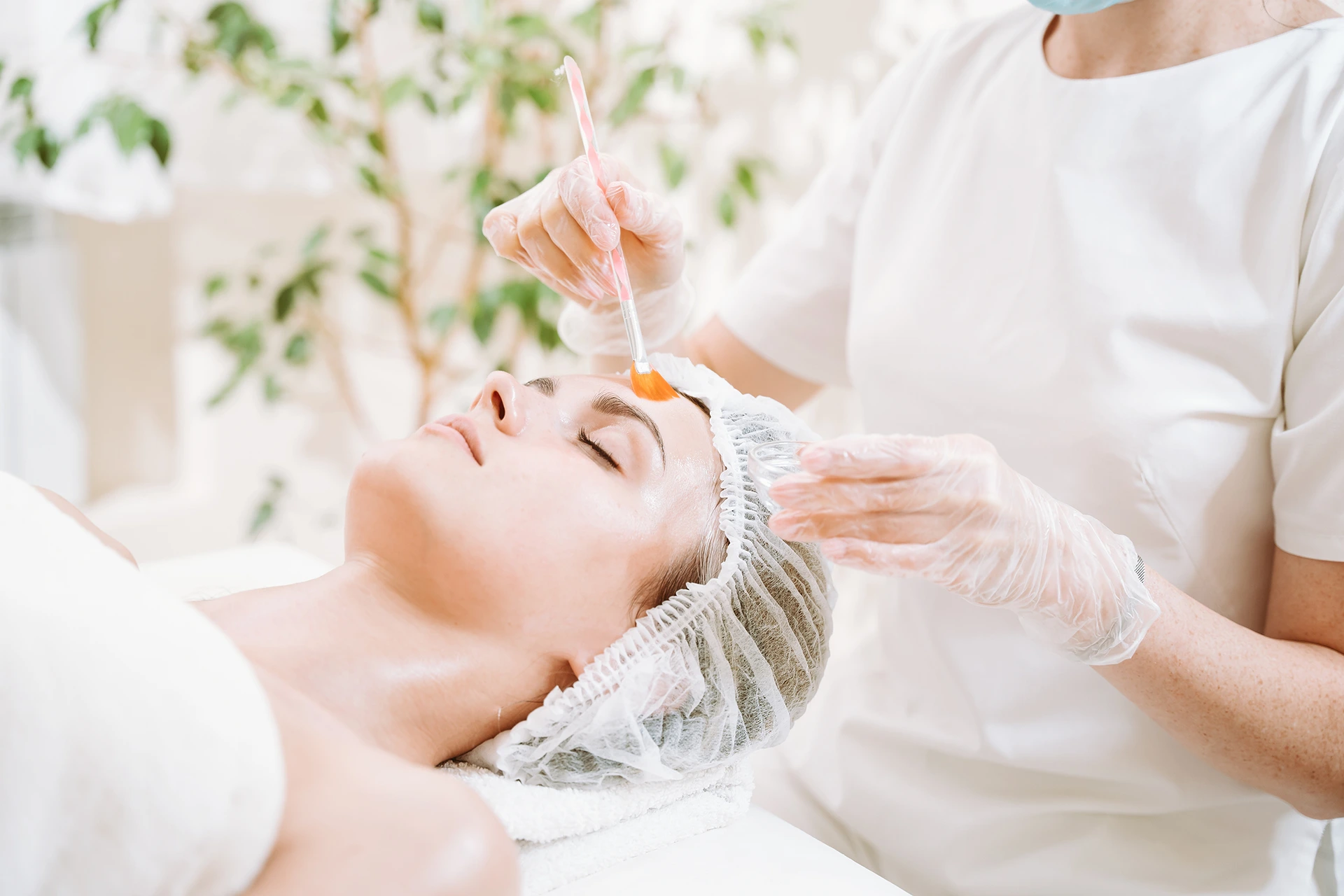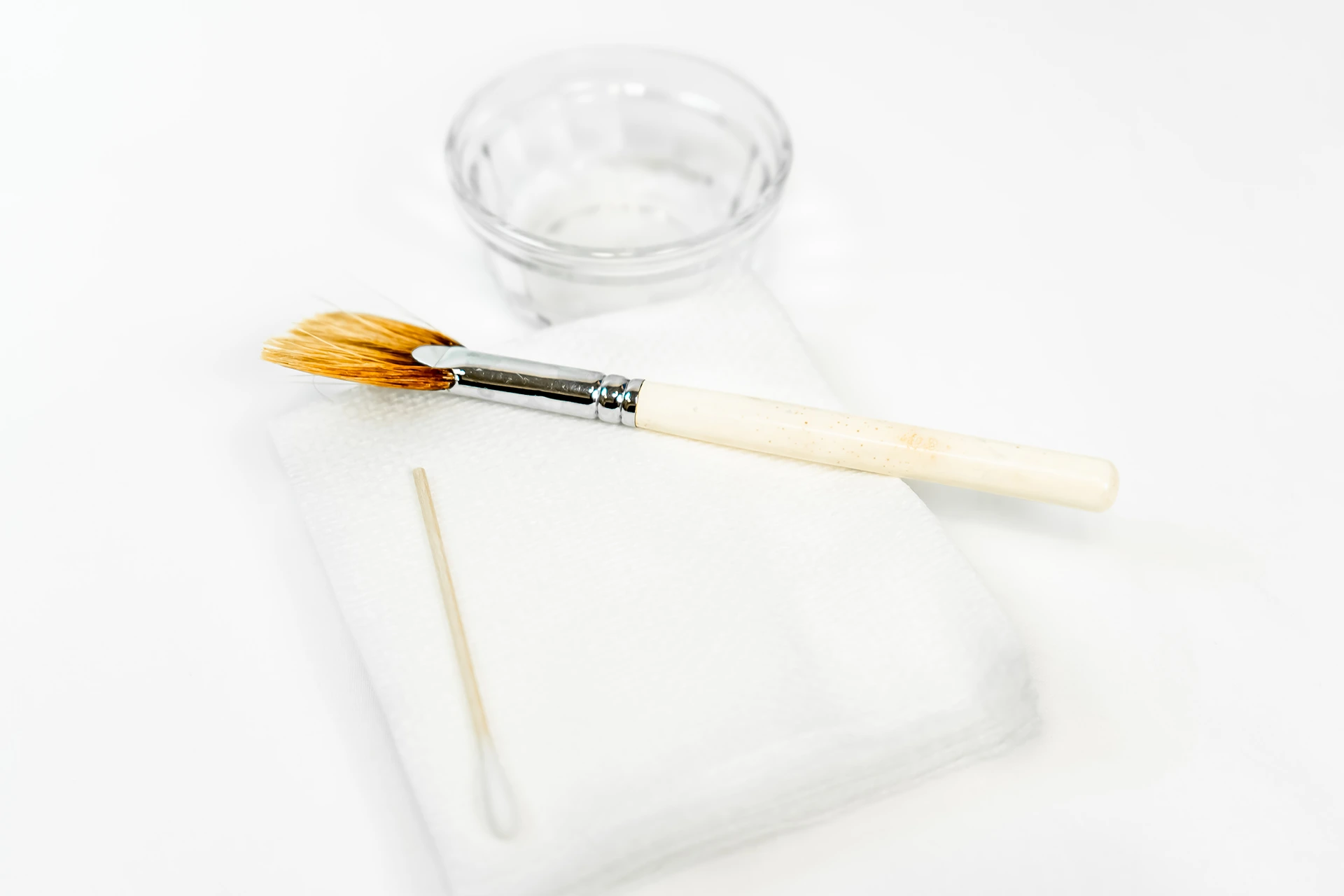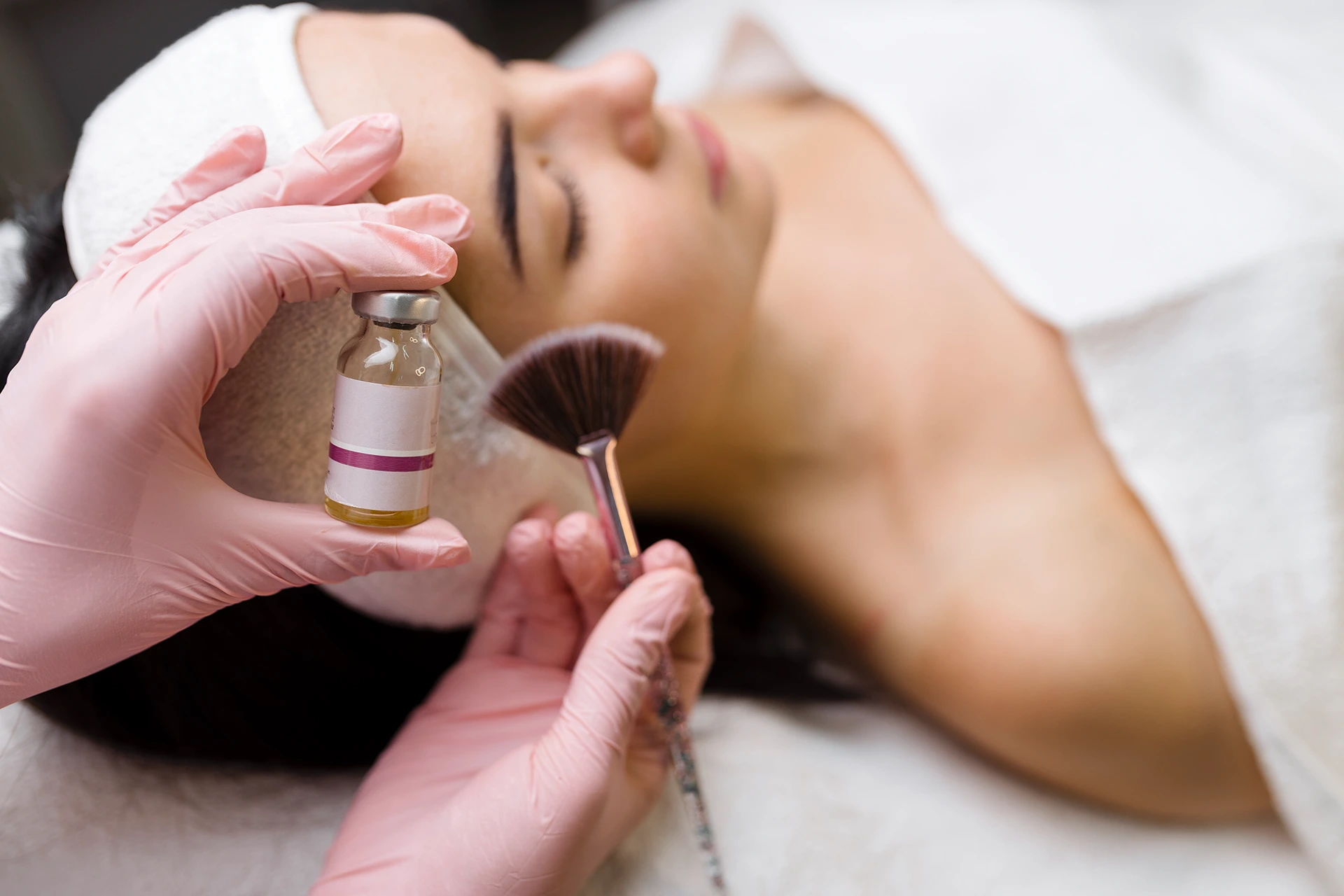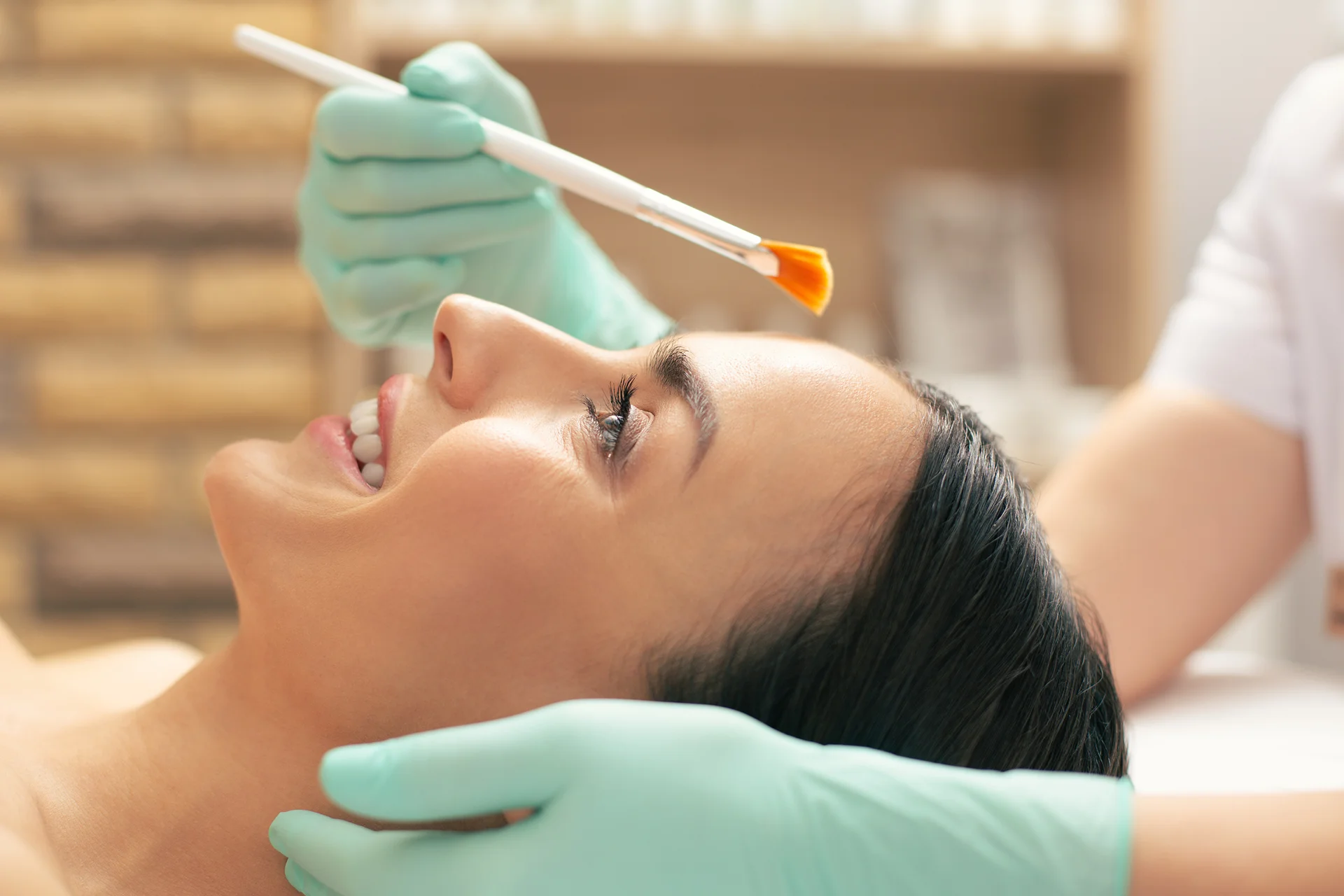We all know stretch marks can really zap your confidence.
But what if we told you there’s a simple, effective treatment that can dramatically reduce the appearance of stretch marks in just a few sessions?
At CosMedic LaserMD, we’re excited to offer medical-grade chemical peels specifically formulated to tackle stretch marks head-on.
Our estheticians have undergone extensive training to expertly perform these peels to reveal smoother, glowier skin. Many clients see a visible improvement after just one session!
What Are Stretch Marks?
Stretch marks, also called striae, are a common skin condition that can affect men and women of all ages. They occur when the skin rapidly stretches and the middle layer of skin tears. This causes visible scar-like lines or streaks on the surface.
Stretch marks are often seen during pregnancy, puberty growth spurts, and rapid weight changes. They typically appear pink, red, silver, or purple.
How Do Chemical Peels Help Stretch Marks?
Chemical peels exfoliate the top layers of the skin using a chemical solution. This promotes new collagen production and faster cell turnover. The new skin cells that form are smoother and more even in texture and tone.
Chemical peels can be customized to different depths for optimal stretch mark reduction. Repeated treatments over time help diminish the appearance of stretch marks.
Benefits of Our Chemical Peels
- Improves texture & tone of stretch marks
- Softens raised, scarred appearance
- Evens out discoloration
- Stimulates new collagen growth
- Non-invasive with no downtime
- Safe for all skin types
Frequently Asked Questions About Chemical Peels for Stretch Marks

We understand there are many factors to weigh when researching the safety, efficacy, and what to expect from the chemical peel process. Our goal is to provide you with detailed answers to all of your most frequently asked questions.
Please explore the questions and answers below to learn all about chemical peel treatments.
What is a chemical peel for stretch marks?
A chemical peel is a technique used in dermatology and aesthetic medicine to improve skin’s texture and appearance. It involves applying a chemical solution to the skin, causing it to exfoliate and peel off, revealing newer, smoother skin underneath.
Chemical peels work by breaking bonds between dead skin cells at the surface and stimulating regeneration and collagen production in deeper layers.
There are different types and strengths of chemical peels that can be used specifically to reduce the look of stretch marks. The chemicals penetrate into the stretch marks’ indented texture and help rebuild collagen, plumping them up and making the marks look less noticeable.
Over a series of treatments, chemical peels can help fade discoloration and make stretch marks look closer to your normal skin tone.
How does a chemical peel work on stretch marks?
During a chemical peel for stretch marks, your provider will first cleanse and prepare the treatment area (often the stomach, hips, thighs or breasts). They apply a chemical solution using a brush, cotton swabs, or spraying it on the skin. The chemicals cause controlled damage to the skin’s surface, initiating increased cell turnover.
Over the next few days, your treated skin will start to peel, shedding off the top damaged layers. Underneath, fresh new skin is revealed that is smoother and brighter. The peel also stimulates collagen regeneration deeper within the dermis, plumping up the skin and smoothing indented scars like stretch marks.
Full results are seen after complete healing takes place, often within 2-4 weeks.
What types of chemical peels can be used for stretch marks?
There are different classifications of chemical peels based on how deeply they penetrate the skin:
- Superficial peels: Use gentler acids like glycolic acid, lactic acid, salicylic acid, or fruit acid peels. Mainly provide light exfoliation without significant peeling or downtime. May produce subtle improvements for very mild stretch marks when repeated frequently.
- Medium-depth peels: Trichloroacetic acid (TCA) peels are the gold standard treatment for stretch marks. TCA comes in different concentrations, allowing customization for each patient’s needs. It penetrates deeper into the dermis than superficial peels to stimulate collagen and retexture skin. Requires up to a week of healing time.
- Deep peels: Use stronger phenol, carbolic acid, or Baker’s phenol solutions. Aggressive resurfacing and collagen stimulation for severe scarring, but higher risk of complications and significant downtime. Not usually first choice for treating stretch marks.
Can TCA peel be used for stretch marks?
Yes, TCA (trichloroacetic acid) peel is a chemical peel solution commonly used to reduce the appearance of stretch marks. It is considered the gold standard chemical peel treatment for effectively improving the texture and color of stretch marks.
TCA is an alpha hydroxy acid that penetrates deeper into the skin compared to gentler peels. It stimulates collagen production and resurfaces skin to make stretch marks look smoother and less noticeable.
How effective is TCA peel for stretch marks?
Studies show TCA chemical peels can produce significant improvement in stretch mark appearance for many patients. The treatment was most effective on relatively new, reddish stretch marks.
However, TCA peels are not a cure-all for getting rid of stretch marks completely. They work best for reducing discoloration and indentation on relatively recent stretch marks.
Older, fully mature white or silver stretch marks are harder to treat and may only see modest improvement with TCA peels. Typically a series of 4-6 treatments is needed to see optimal results. Maintenance peels can sustain the benefits over time.
Is there a specific way to apply TCA peel on stretch marks?
TCA chemical peel should only be performed by a dermatologist, plastic surgeon or trained esthetician.
During your appointment, they first prepare and cleanse your skin, sometimes pretreating it with glycolic acid. The provider carefully applies TCA to the treatment area, often beginning with lower concentrations and gradually working up to stronger solutions. This can cause stinging or burning temporarily. Multiple layers are often applied to achieve the desired peel depth.
It’s important not to try applying undiluted TCA peel solutions at home, as skin damage or scarring can result.
What is a deep chemical peel for stretch marks? How does it differ from a regular one?
Deep chemical peels for stretch marks use stronger acid solutions like Baker’s phenol or carbolic acid to penetrate through the deepest skin layers. They aggressively resurface and smooth away extreme scarring or textural damage that shallower TCA peels cannot address.
The major downside is these harsher peels have a much higher risk of complications like infection, discoloration issues, and visible scarring from over-peeling. Patients require intensive pre- and post-procedure care, as well as an extensive recovery period that can last months.
Can glycolic peel or lactic acid peel be used for stretch marks?
Yes, glycolic acid and lactic acid chemical peels may also be used for reducing the appearance of stretch marks. These alpha hydroxy acids (AHAs) provide a more superficial, gentler type of peel compared to trichloroacetic acid (TCA).
For best results on stretch marks, your provider may alternate between glycolic/lactic acid peels and deeper TCA peels to get both exfoliation and significant collagen regeneration. Glycolic or lactic acid peels alone require many repeat treatments but can supplement TCA peels nicely.
Our Peel Process

First, we’ll cleanse and prep your skin. Next, we apply the chemical solution using a brush or cotton pads. You may feel a slight stinging as it penetrates the skin. The peel is left on for up to 10 minutes before neutralizing and rinsing. We conclude with relief cream and SPF. The whole process takes about 30 minutes.
You’ll see visible improvements with each repeated peel. Healthy, youthful looking skin is just around the corner!
Contact us today to learn more and get started.







